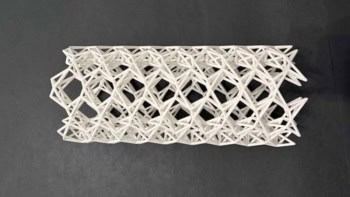Four physicists have been rewarded for a decade of pioneering research into the properties of carbon nanotubes by the European Physical Society. Sumio Iijima, Cees Dekker, Thomas Ebbesen and Paul McEuen share the 2001 Agilent Technologies Europhysics Prize for the discovery of the novel form of carbon and their efforts to exploit it for a broad range of electronic applications. The winners share a cash prize of 51 000 Swiss Francs, around £21 500.

Iijima, currently at Meijo University, and colleagues discovered in 1991 that sheets of graphite can be rolled into seamless tubes just nanometres in diameter. Ebbesen, now at the NEC Research Institute, and team devised a method of producing large numbers of the tubes, and found that they have surprising degree of elasticity that makes them very strong.
Groups led by Dekker, currently at Delft University, and McEuen, now at Cornell University, subsequently discovered the unusual electrical properties of carbon nanotubes, including their ability to behave as quantum wires – that is, two-dimensional semiconductors. Dekker’s team also confirmed that the tubes can act as either metals or semiconductors depending on the angle at which the graphite sheets are rolled.
Many devices based on nanotubes have emerged in the last few years. Dekker and co-workers created a single-molecule transistor made from a single tube, while McEuen and colleagues showed that junctions made from the tubes can behave as diodes. Very recently, a single-electron transistor and the first digital logic circuits based on carbon nanotubes were unveiled, both of which represent significant steps into the world of nano-electronics.



